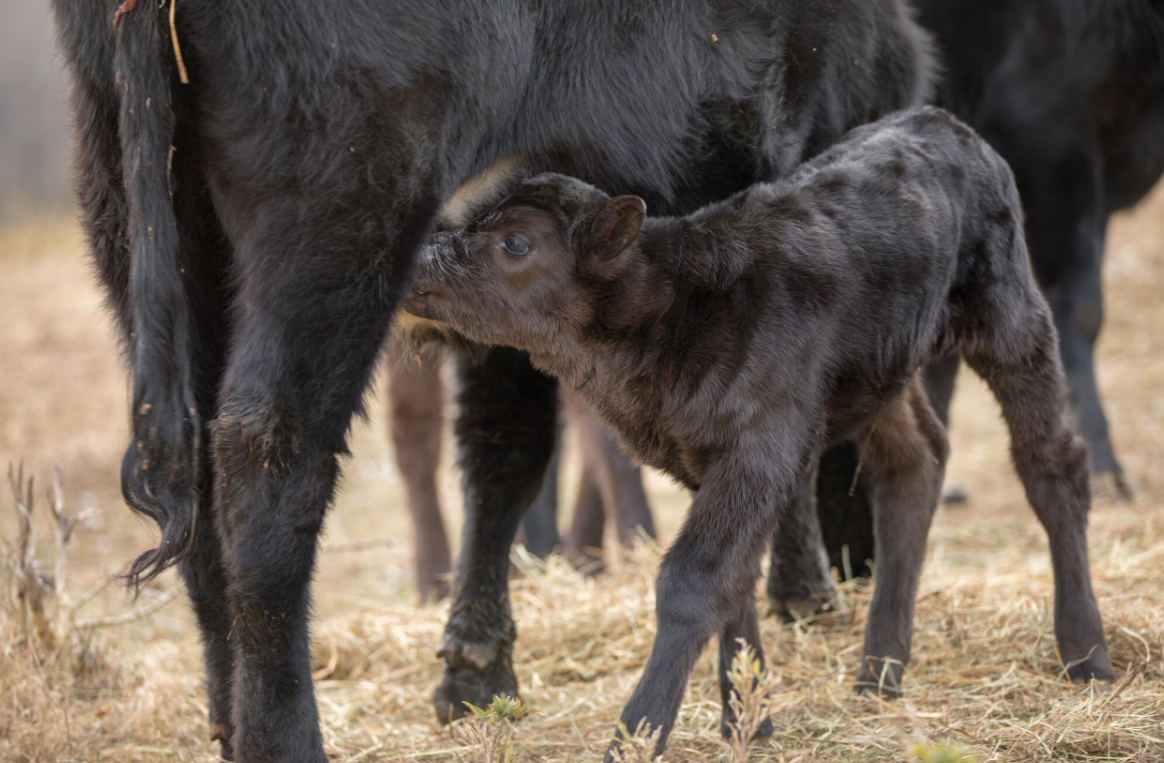



Unlocking the potential of Kyrgyzstan’s livestock sector
Agriculture is the leading employment sector in Kyrgyzstan and it boasts 9.1 million hectares of pasture, but its beef and dairy sectors have languished since it gained independence from the Soviet Union in 1991 – Azis Kyrgyzbaev explains why.As part of his presentation at the EuroTier 2021 Digital Conference, Azis Kyrgyzbaev, the Executive Director of the Association of Livestock Farmers of the Republic of Kyrgyzstan, told delegates that international demand for Kyrgyzstan’s beef and dairy products saw a dramatic rise in 2020. But despite growing demand from its neighbors, Kyrgyzstan’s livestock sector records low productivity levels: average annual milk yields remain at 2,100 kg per year and average annual meat yields per cow average 300 kg live weight.

Kyrgyzbaev explained that the sector wants to improve its productivity measures and take full advantage of its strategic position in the central Asian marketplace. To achieve these goals in the next five years, the country will have to improve its genetic stock and professionalize its farm management cohort. Here’s how Kyrgyzstan can achieve it.
Country profile: Kyrgyzstan
Kyrgyzstan is a small, landlocked country in central Asia with a population of 6.5 million. It was previously part of the Soviet Union has maintained close ties with Russia and other former Soviet republics since gaining independence in 1991. The country is largely rural – the agriculture sector employs 33% of the population and it has 1.2 million hectares of arable land. Despite these resources, economic data suggests that agriculture’s share of GDP has been decreasing since 2010 and now hovers at 15%.
Kyrgyzstan’s 1.6 million cattle herd is split 50-50 between beef and dairy and produced 200,000 tonnes of meat and 160,000 tonnes of milk in 2020. Kyrgyzbaev explained that land reforms in 1995 concentrated most of Kyrgyzstan’s land into small- and medium-sized holdings. This status quo has remained for the past 25 years – smallholders still dominate dairy and beef production.
Why is agriculture in Kyrgyzstan’s lagging?
In Kyrgyzbaev’s view, there are four drags on Kyrgyzstan’s livestock productivity: poor genetics, animal health challenges, low-quality feeds and inefficient farm management.
Kyrgyzbaev told delegates that the smallholder farmers weren’t able to maintain the genetic stock of the cattle from the Soviet era. Instead, they shifted to lower-productivity breeds that were readily available. Ongoing animal health problems are also keeping the beef and dairy sectors from reaching their full potential. The country is still trying to source the optimal genetics for its herd and keep its cattle stocks healthy.
Feed quality is also an issue for farmers. Though the pasture resources are available, the country lacks the seeds and expertise to make high-quality cattle feed. Feed crops like wheat and barley also have low productivity measures. Kyrgyzbaev explained that many of the smallholders didn’t have access to the machinery and technology required for high outputs. Stagnant investment in the grains sector have also negatively impacted feed supplies for cattle.
The final factor contributing to Kyrgyzstan’s low beef and dairy output stems from land reforms after it gained independence from the Soviet Union. Many new landowners became farm managers in the late 1990s – regardless of their previous agricultural experience or expertise. Kyrgyzbaev told delegates that technical supports and farming associations for land managers in Kyrgyzstan are less than two years old. This dearth in knowledge took a heavy toll. Poor decisions were compounded by missed opportunities.
Next steps to improve agriculture outputs
Despite these challenges, Kyrgyzbaev believes that Kyrgyzstan’s livestock sector is well-positioned for growth. If the country can establish and capitalize on trade relationships with its neighbors, continue to update its genetic stocks and replace low-productivity animals, the agriculture sector’s share of GDP could grow substantially.
Kyrgyzstan’s neighbors tend to be more urbanized and have higher populations – the country’s agriculture output could find willing consumers across the border. The biggest opportunity for Kyrgyzstan lies across its eastern border with China – the largest global importer of meat and milk. If a trading relationship is created, Kyrgyzstan would gain access to a large and lucrative market and earn vital foreign exchange.

Capitalizing on its existing trade and diplomatic relationships with former Soviet republics like Uzbekistan, Armenia and Kazakhstan is another strategy. Kyrgyzstan can also use its GSP+ status to gain access to European markets.
Shifting focus to husbandry, Kyrgyzbaev told delegates that replacing existing breeding stock with more productive animals is key. In his view, Kyrgyzstan’s pasture resources are vast – and underutilized. The pastures can easily accommodate twice the number of cattle. If land managers begin using the open pasture method with cattle breeds that can withstand high altitude grazing, productivity will increase substantially.
Updating machinery and farm technology will be another key strategy for improving outputs. Artificial insemination has modernized in the last five years, but the country’s smallholders are a long way from the smart farming equipment seen in US or European cattle operations.
Building the capacity of farm managers would also be a boon. Many development efforts for the livestock sector have been hamstrung by lack of investment and expertise. Kyrgyzbaev believes that the country is on the cusp of change.
Click here to read more about the EuroTier 2021 Digital Conference.



